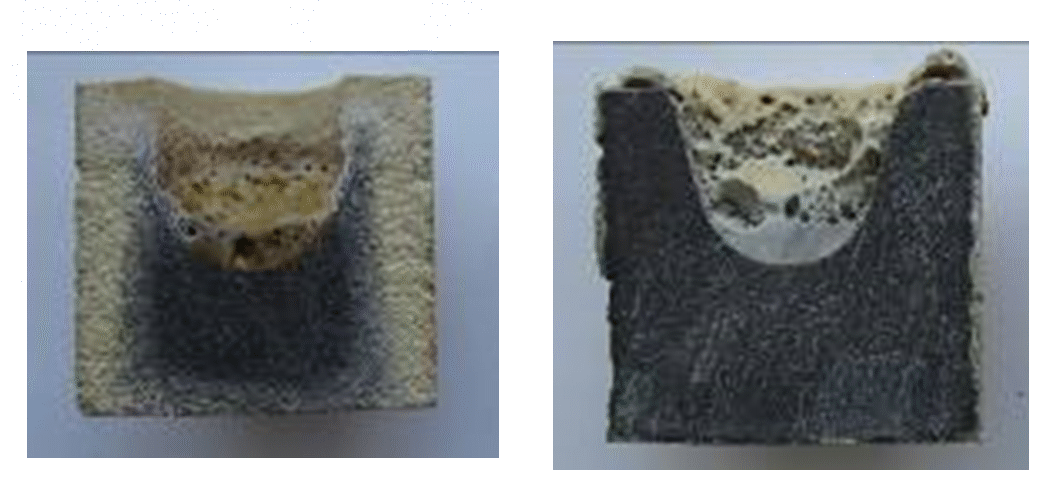
Interaction of ZG-refractory with mold flux and ambient air
Abstract
Keywords
Full Text:
PDF (RUSSIAN) (Русский)References
Koga S, Amano J, Morikawa K, Asano K. J Tech Assoc Refract, Jpn. 2006;26(3):184-8.
Suvorov SA, Vikhrov EA. Melting of slag-forming mixes for cbcm molds. Refract Ind Ceram. 2010;51(3):187-92. doi:10.1007/s11148-010-9286-5
Adler P, Markova EV, Granovsky JV. Planirovaniye eksperimenta pri poiske optimal'nykh usloviy [Planning of experiments in search of optimal conditions]. Moscow: Nauka; 1976. 279 p. Russian.
Suvorov SA, Musevich VA. Natural graphite ahes and their effect on the properties of carbonized periclase refractories. Refract Ind Ceram. 2007;48(2):118-22. doi:10.1007/s11148-007-0041-5
DOI: https://doi.org/10.15826/chimtech.2014.1.3.722
Copyright (c) 2014 A. V. Jagovcev, N. V. Obabkov

This work is licensed under a Creative Commons Attribution 4.0 International License.
Chimica Techno Acta, 2014–2025
eISSN 2411-1414
Copyright Notice






